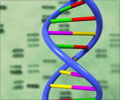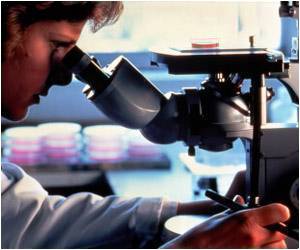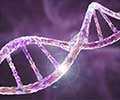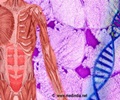The new add-on microscope attachment for smartphones could help in easier DNA sequencing and analysis of genetic mutations.
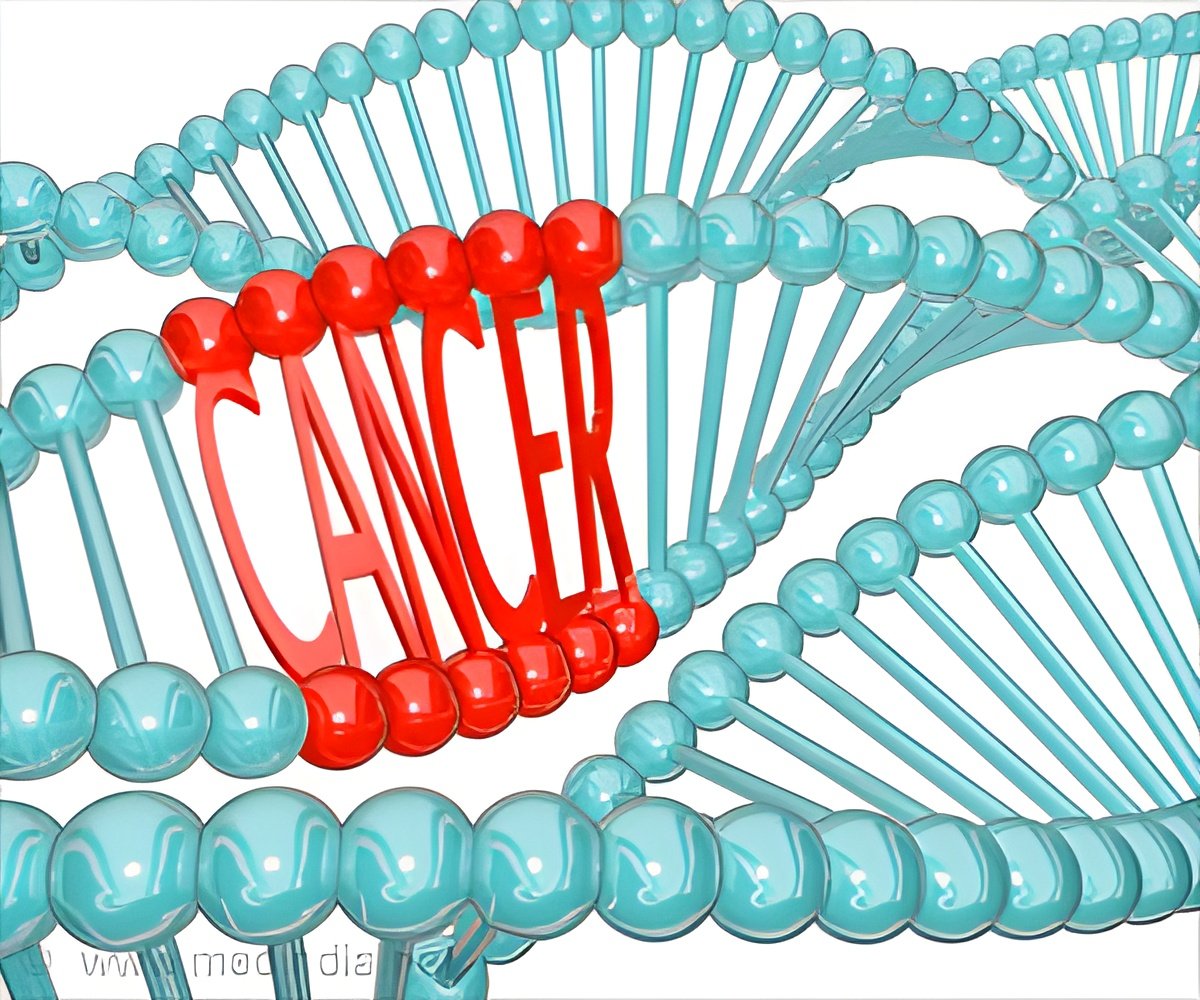
- Analyzing DNA and genetic mutations can now be made accessible and affordable with the help of a new add-on microscope smartphone attachment.
- This device, produced using a 3-D printer, uses the camera in any modern smartphone to detect even small amounts of cancer cells among a large group of normal cells.
- The researcher team feel that the device could help the doctors treat cancer, tuberculosis and other diseases more effectively especially in the developing countries.
But soon, sequencing of DNA could cost a fraction of the money currently spent, thanks to the efforts of researchers who have built an add-on microscope attachment for smartphone.
To study human cells and tissues and to detect the DNA sequencing and genetic mutations in tumor cells, the device uses the camera available in any modern smartphone, without having to first extract DNA from them.
How this Device Works
This device is simple to use.
The phone snaps several images of the resulting sample and then runs that information through an algorithm.
This mobile microscope, produced using a 3-D printer, can detect even small amounts of cancer cells among a large group of normal cells.
For the experiments the scientists used a Nokia Lumia 1020, which was known for its picture quality when it was released, in 2013. But the device could be adapted for use with newer smartphones.
Though this device is not commercially available, it is an important first step to make high-end medical diagnostics accessible and easy to use.
The new tool could potentially allow doctors to perform high-end diagnostics outside a hospital.
The scientists who have developed the attachment feel that the device could help the doctors treat cancer, tuberculosis and other diseases more effectively especially in the developing countries.
The research was published in the journal Nature’s Communications.
Source-Medindia

